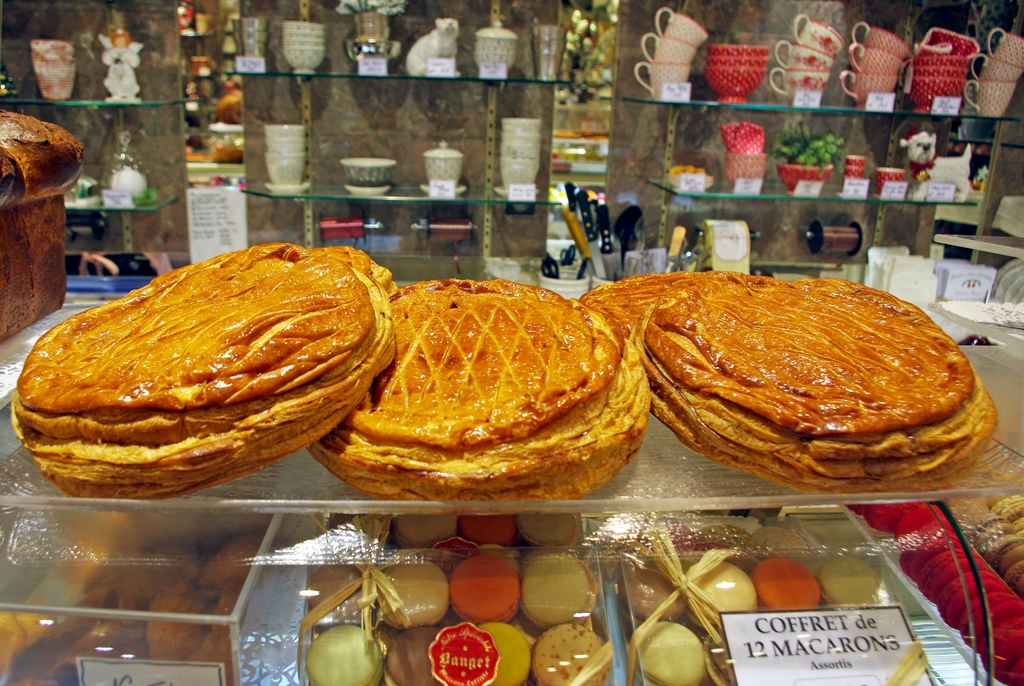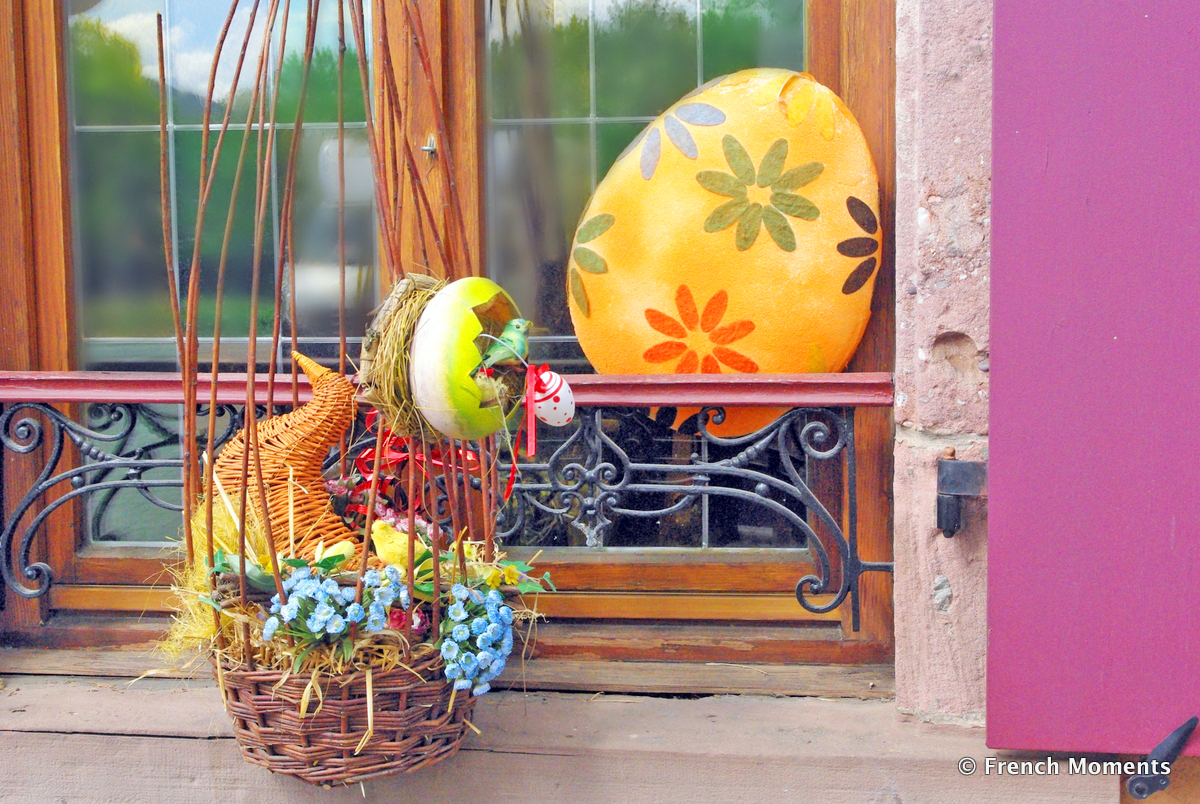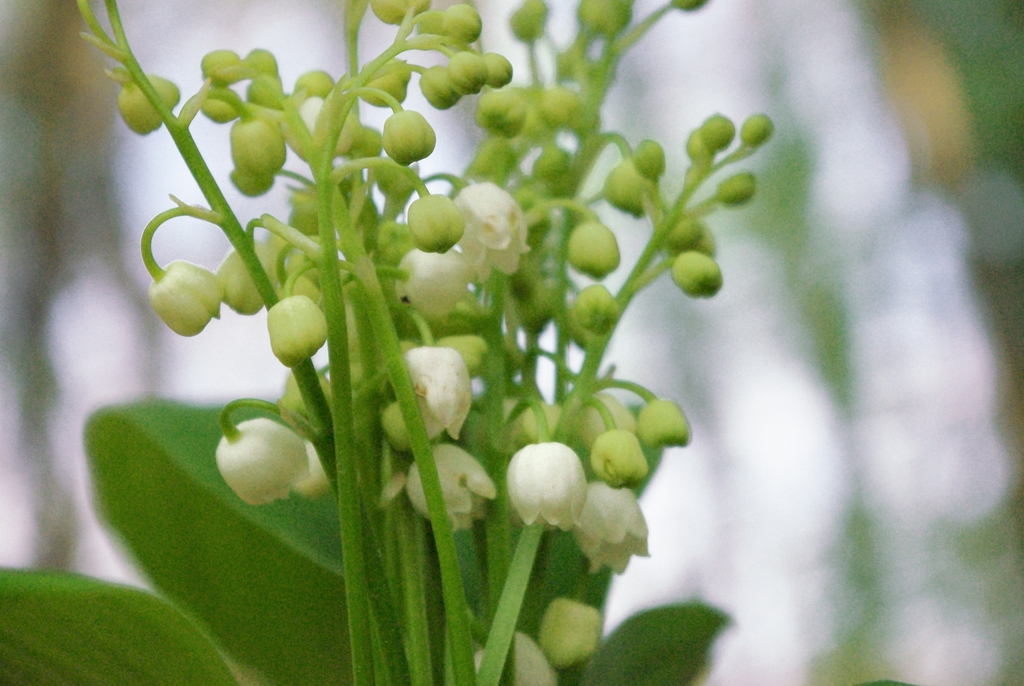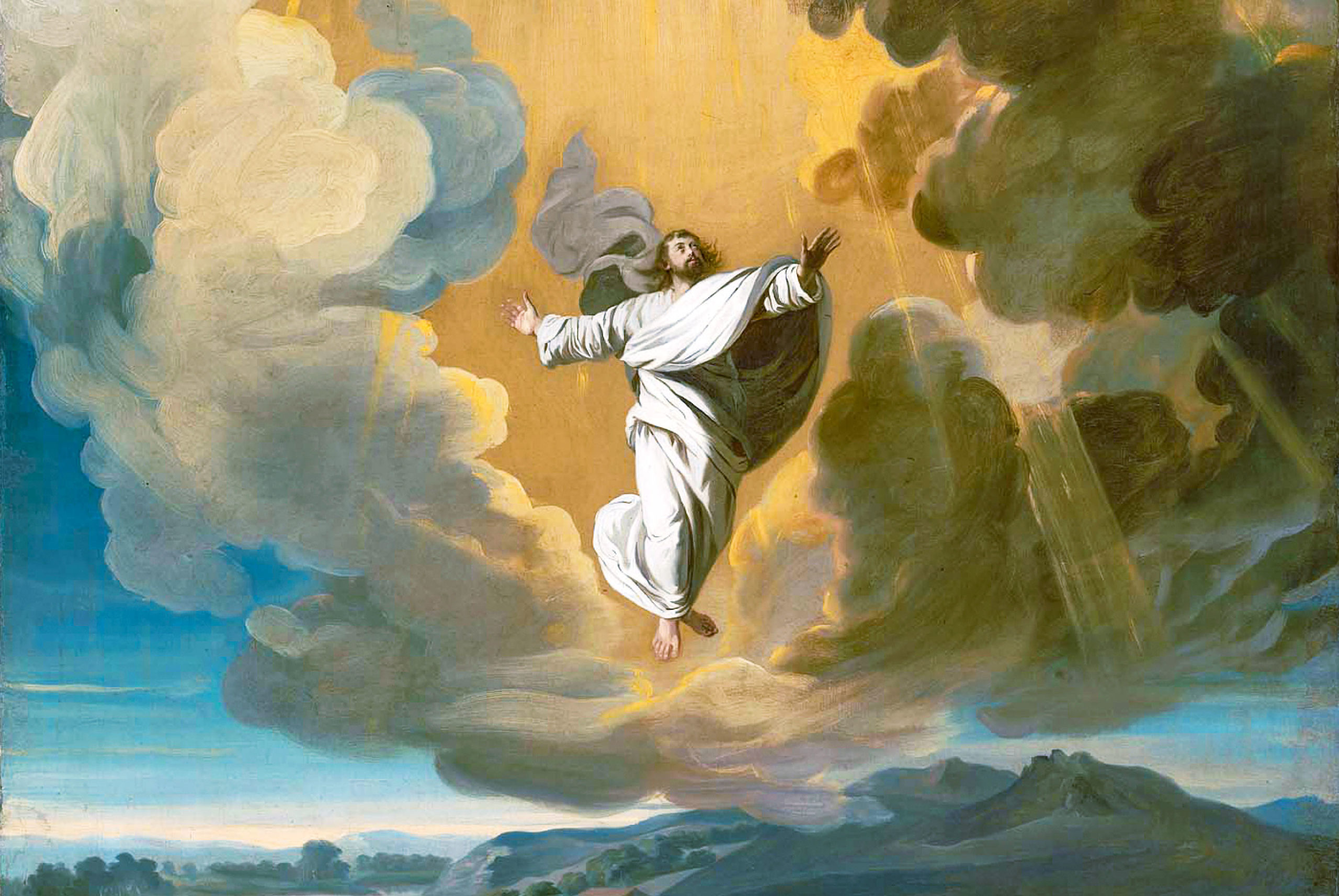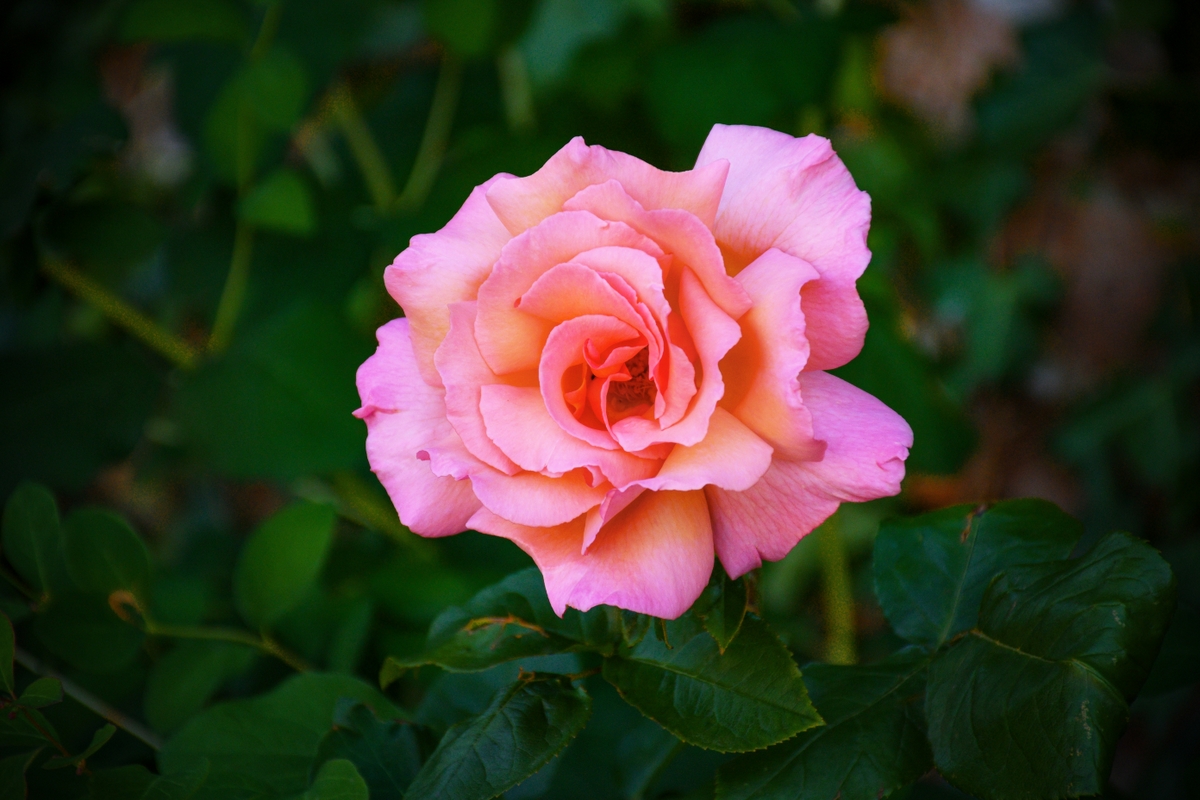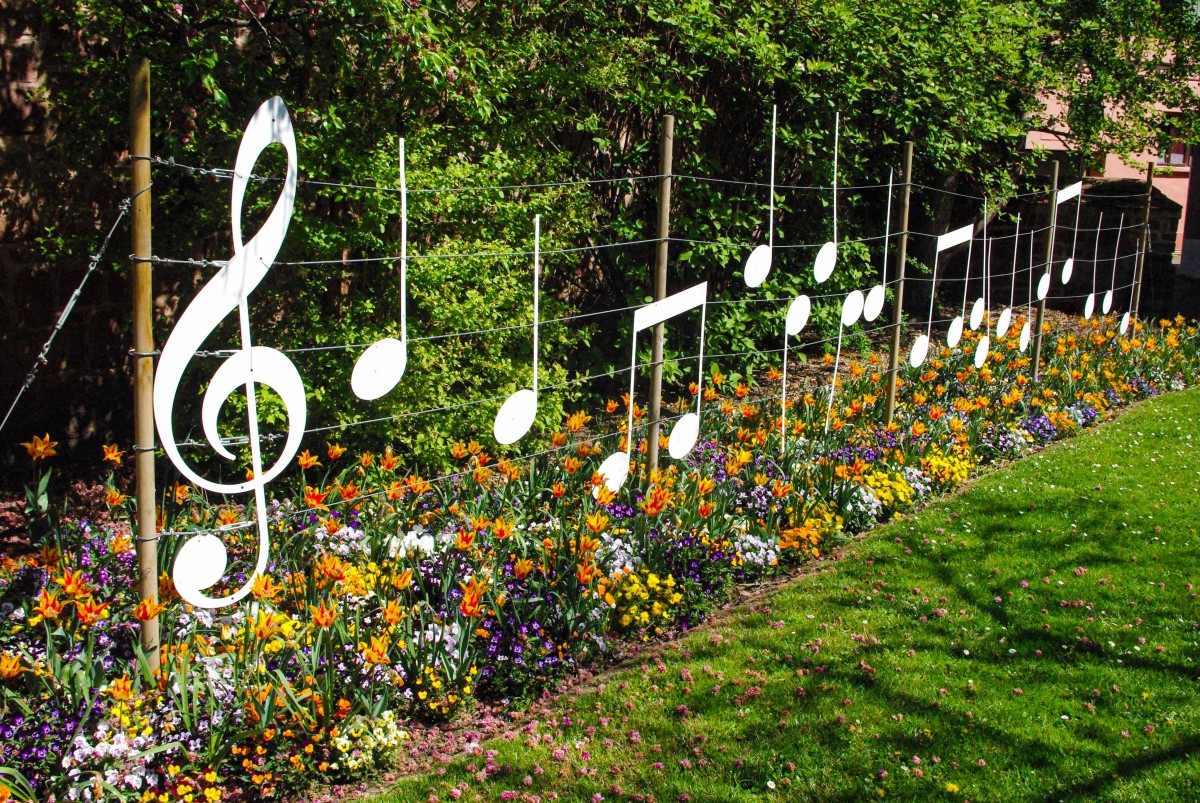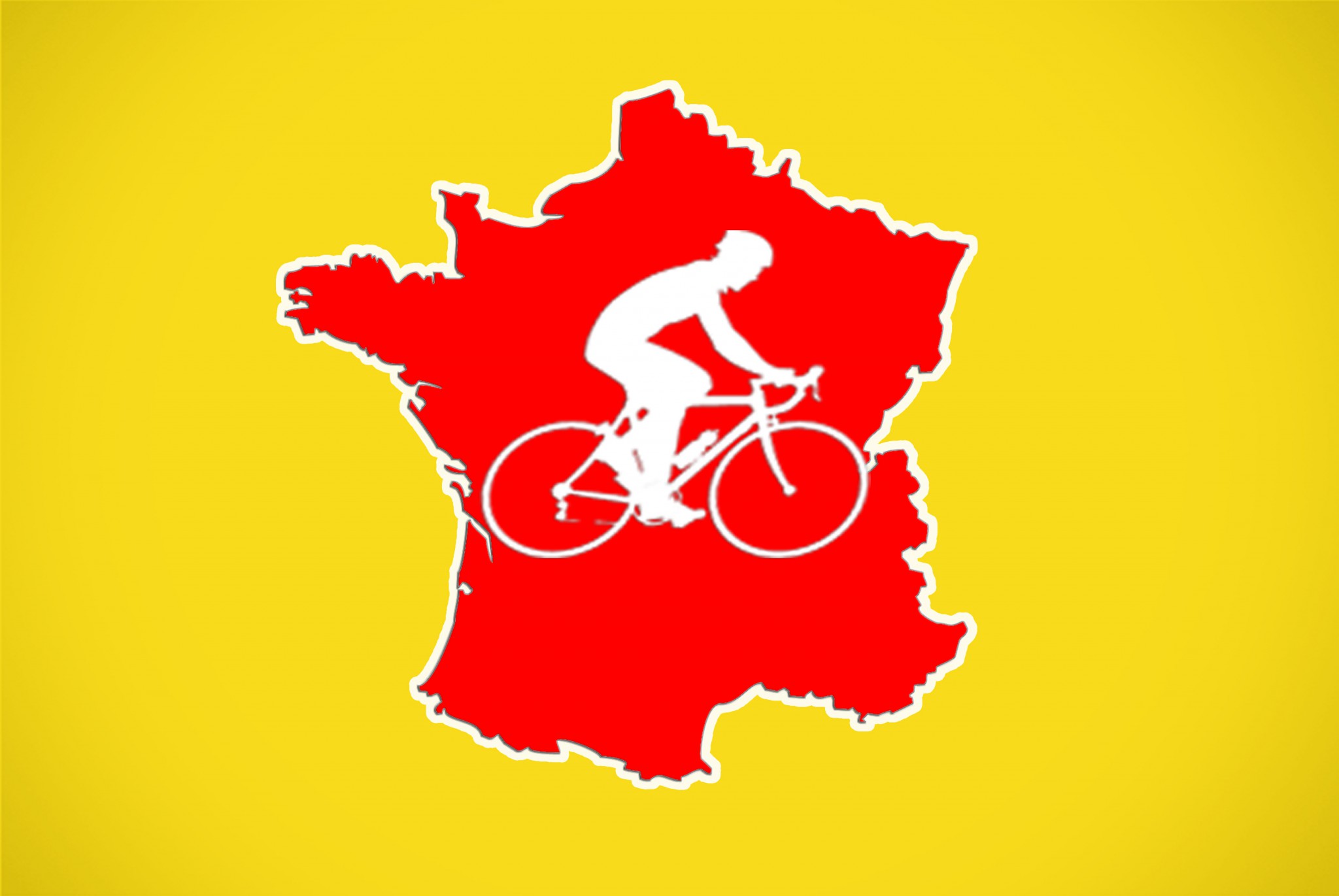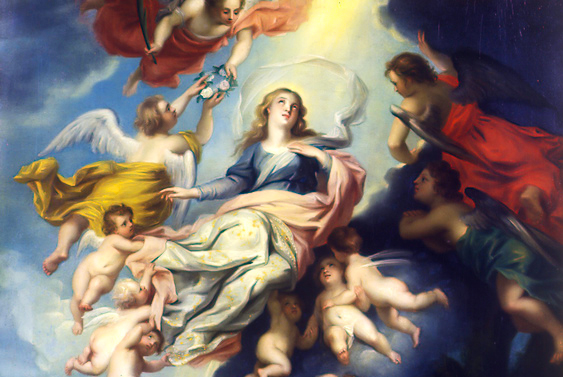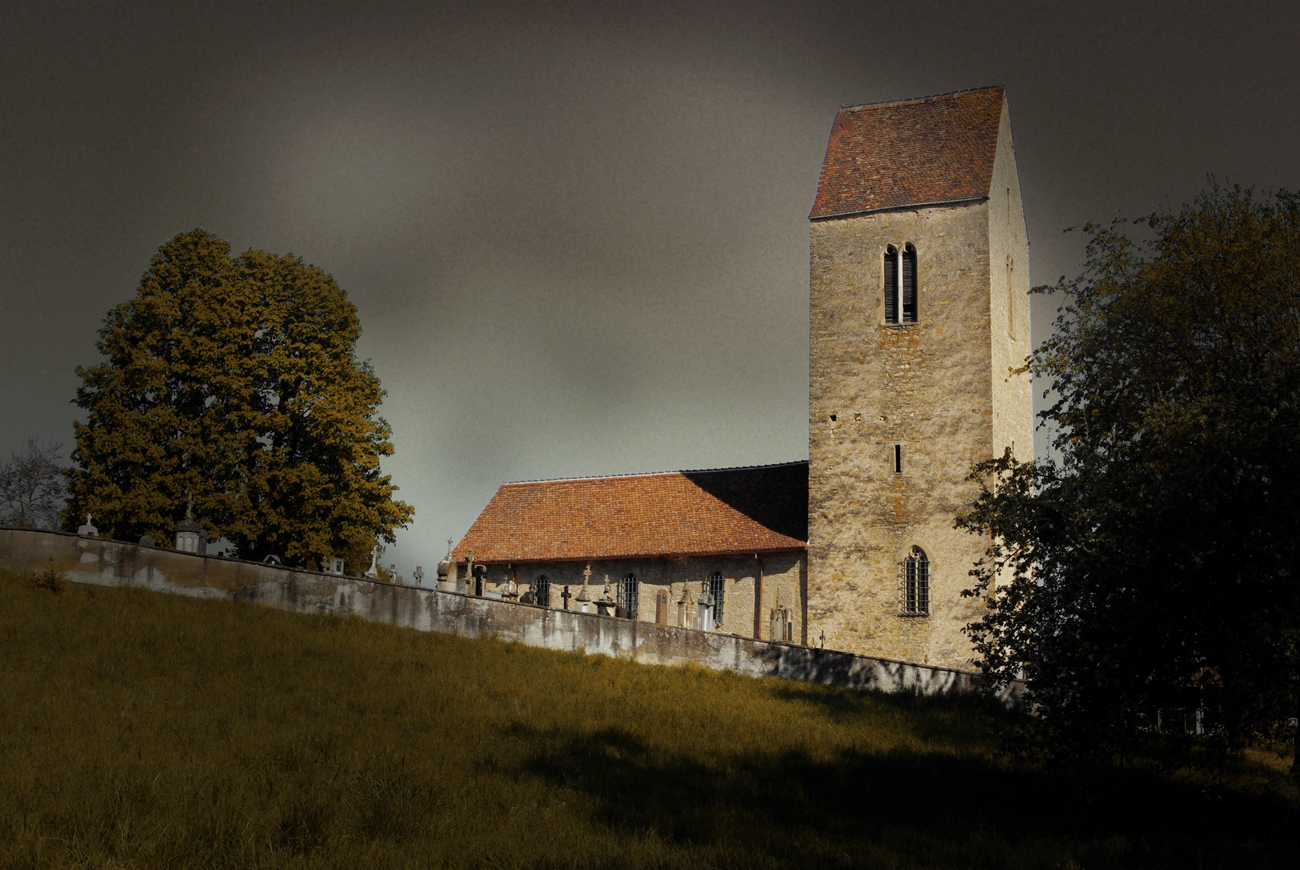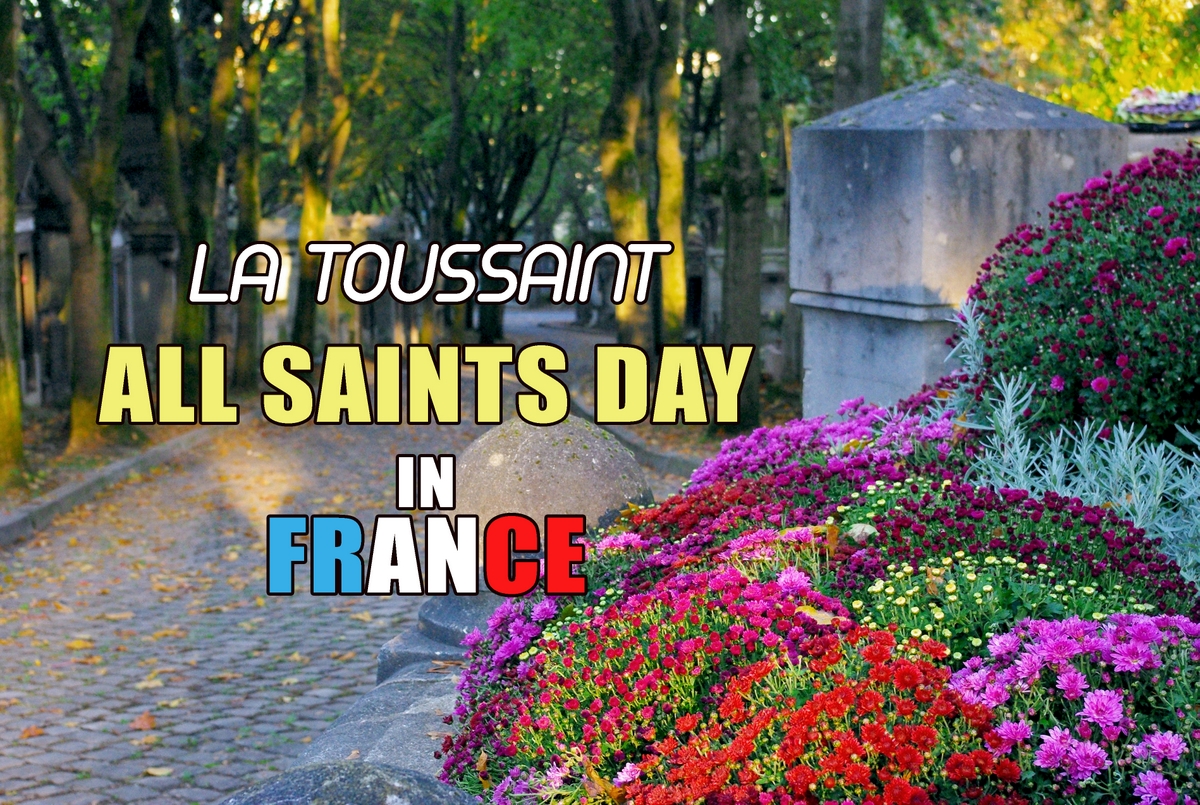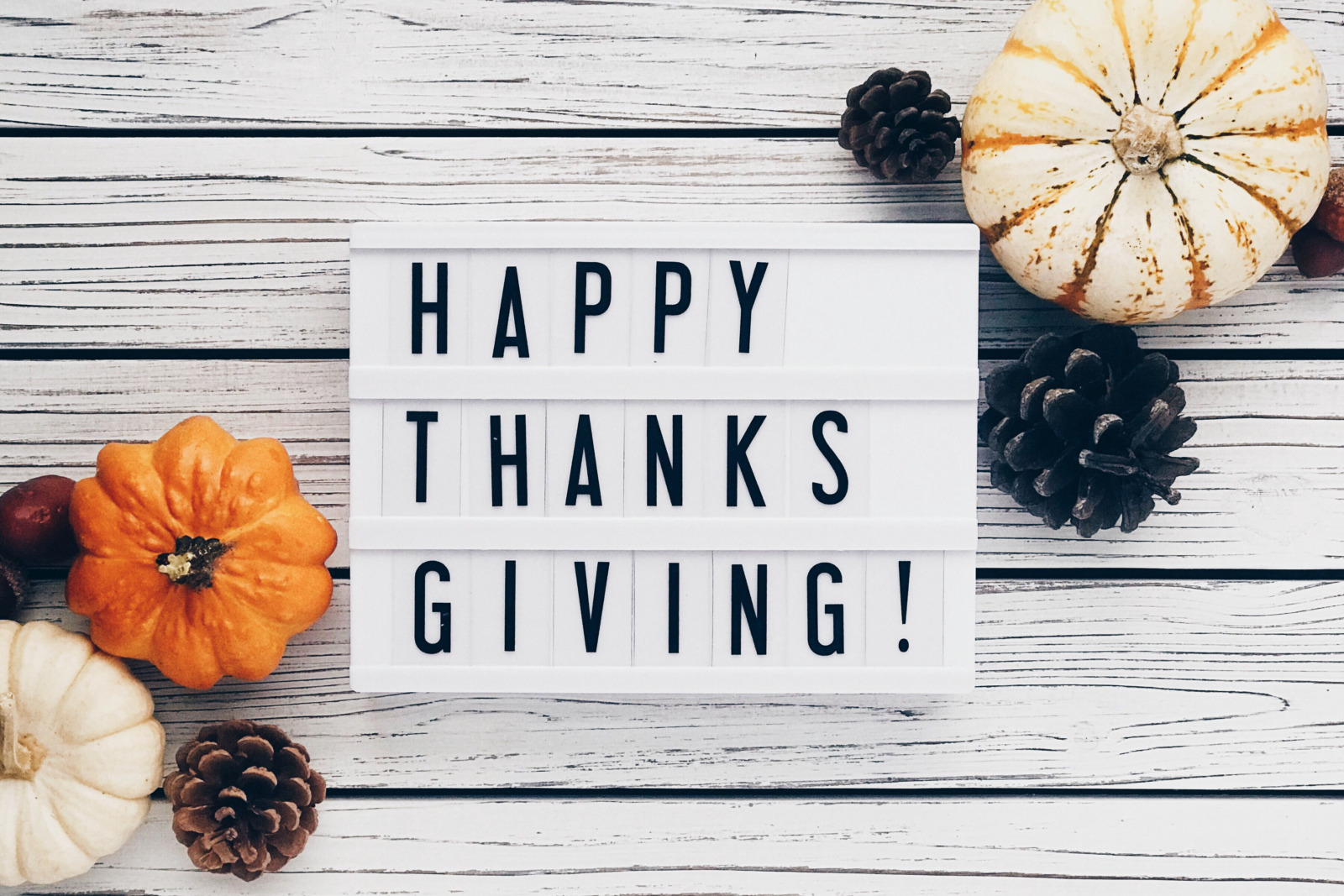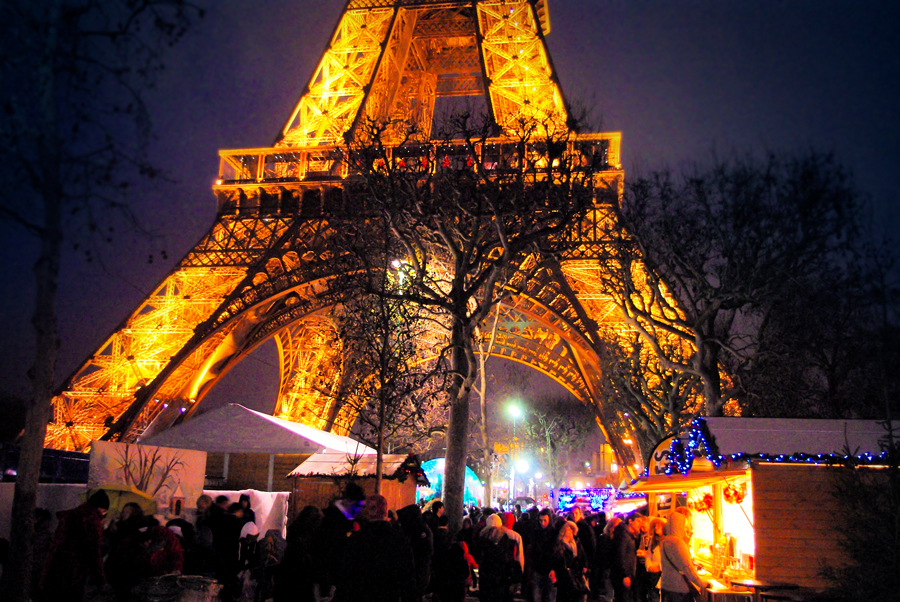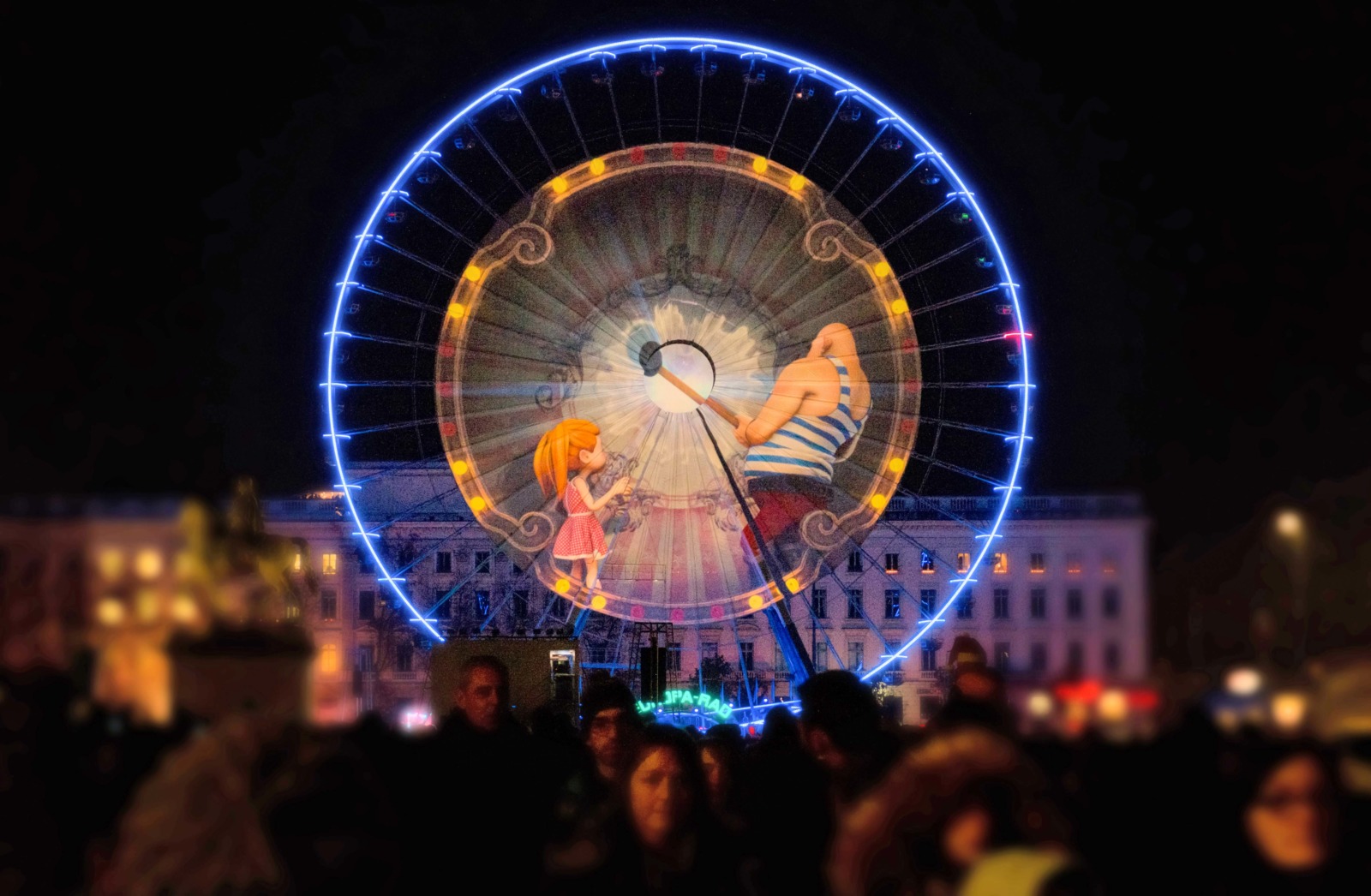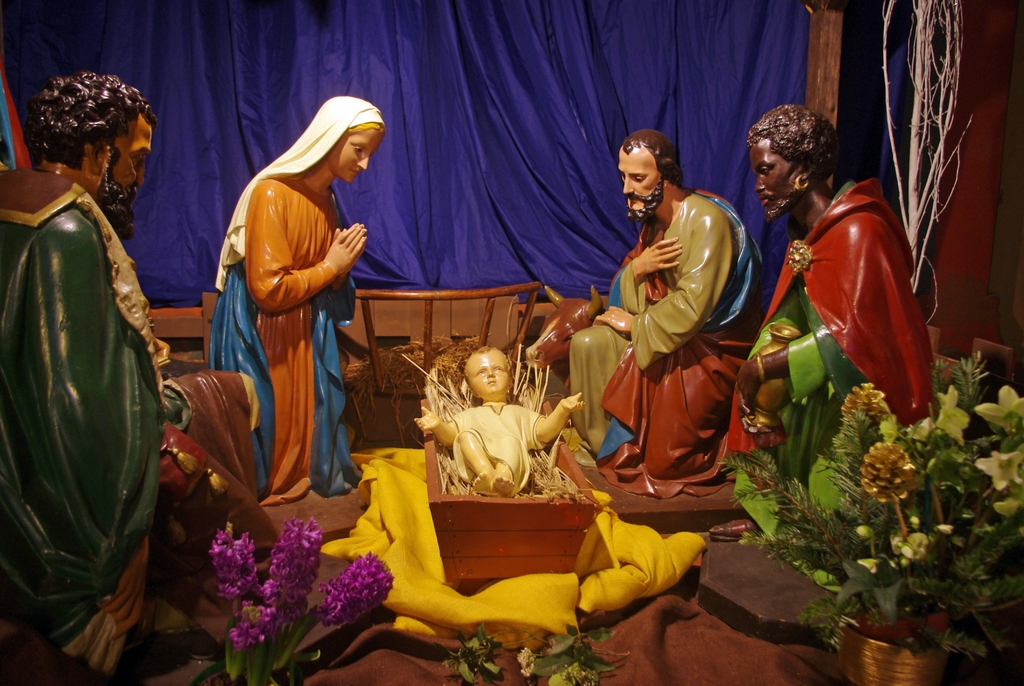November, December, January, February… in France, the cold and grey winter settles for a long time when gloomy and rough weather forces the vegetation into a well-earned pause. Trees are leafless, their trunks of a darkish-grey colour. Depending on the sky, snow and ice cover entire regions, disrupting human activity. Once the cheerful Christmas and New Year’s celebrations have gone, the long months of January and February are not a season one particularly anticipates in Europe (except for shopaholics drawn to the massive sales). Therefore, since ancient times, French (and European) traditions have marked the beginning of February with light-hearted celebrations accompanied by delicious treats. Candlemas (la Chandeleur) is one of them.
Watch a short video presentation of La Chandeleur:
Traditions and origins of Candlemas
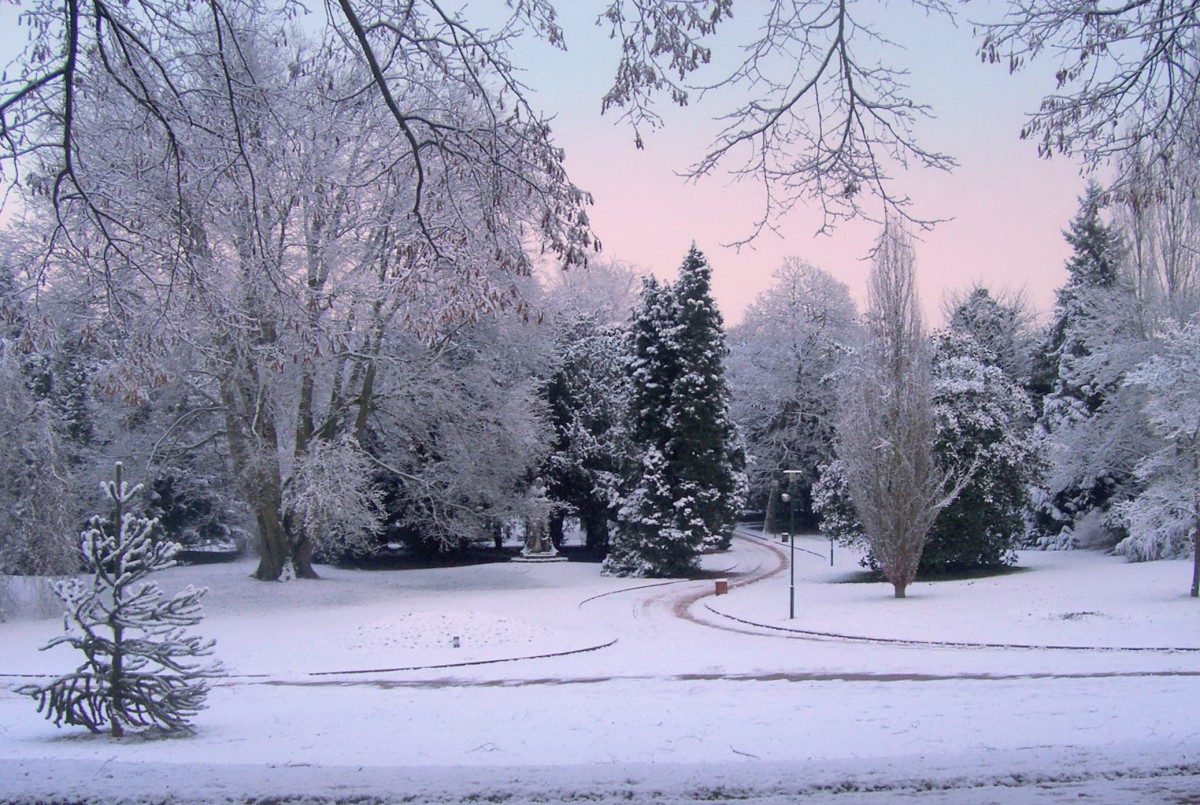
In France, February starts with the celebration of Candlemas – la Chandeleur – which occurs on the 2nd, 40 days after Christmas. Candlemas is traditionally the last festivity of the Nativity cycle for the Catholic church.
The Presentation of Jesus to the Temple
This religious celebration recalls the Presentation of Jesus to the Temple, a decisive event that happened during the early years of Jesus and is described in the Bible.
On arrival at the Temple, Mary and Joseph meet an old man named Simeon. The Gospel of Luke (2:22-40) tells the story as follows:
The journey to Jerusalem
22 When the time came for the purification rites required by the Law of Moses, Joseph and Mary took him to Jerusalem to present him to the Lord23 (as it is written in the Law of the Lord, “Every firstborn male is to be consecrated to the Lord”), 24 and to offer a sacrifice in keeping with what is said in the Law of the Lord: “a pair of doves or two young pigeons.”
Simeon’s praise
25 Now there was a man in Jerusalem called Simeon, who was righteous and devout. He was waiting for the consolation of Israel, and the Holy Spirit was on him. 26 It had been revealed to him by the Holy Spirit that he would not die before he had seen the Lord’s Messiah. 27 Moved by the Spirit, he went into the temple courts. When the parents brought in the child Jesus to do for him what the custom of the Law required, 28 Simeon took him in his arms and praised God, saying:
29 “Sovereign Lord, as you have promised,
you may now dismissc] your servant in peace.
30 For my eyes have seen your salvation,
31 which you have prepared in the sight of all nations:
32 a light for revelation to the Gentiles,
and the glory of your people Israel.”
Simon’s prophecy
33 The child’s father and mother marveled at what was said about him.34 Then Simeon blessed them and said to Mary, his mother: “This child is destined to cause the falling and rising of many in Israel, and to be a sign that will be spoken against, 35 so that the thoughts of many hearts will be revealed. And a sword will pierce your own soul too.”
Prophetess Anna
36 There was also a prophet, Anna, the daughter of Penuel, of the tribe of Asher. She was very old; she had lived with her husband seven years after her marriage, 37 and then was a widow until she was eighty-four.d] She never left the temple but worshiped night and day, fasting and praying.38 Coming up to them at that very moment, she gave thanks to God and spoke about the child to all who were looking forward to the redemption of Jerusalem.
39 When Joseph and Mary had done everything required by the Law of the Lord, they returned to Galilee to their own town of Nazareth. 40 And the child grew and became strong; he was filled with wisdom, and the grace of God was on him.
(Source: NIV, Bible Gateway)
The pagan origins of Candlemas
The origins of the Chandeleur date back to a pagan feast.
The Romans celebrated the Lupercalia from the 13th to the 15th of February in honour of Faunus, god of the forest and flocks. The Lupercalia were annual festivals celebrated by the Roman priests of the Lupercians.
The Lupercians sacrificed a goat to their god in the Lupercal cave in Rome, where, according to legend, a she-wolf had suckled Romulus and Remus after discovering the twins under a wild fig tree.
The Romans celebrated this festival at the end of the Roman year, which began on the 1st of March.
The Lupercalia ceremony
Two young men, dressed only in a goatskin loincloth, attended the ceremony. The sacrificing priest touched their foreheads with his knife. The blood thus spilt was wiped with a woollen flake soaked in milk.
At this point, the young men would laugh loudly and run around Rome. They were armed with thongs cut from the skin of the sacrificed goat. They used them to whip women they met on their way who wanted to have a child within the year. This superstition was supposed to make them fertile.
According to local customs, candles had to be lit at midnight to symbolise purification. Therefore, the French word Chandeleur comes from the Latin “candelarum”. It gave the English word ‘candle’.
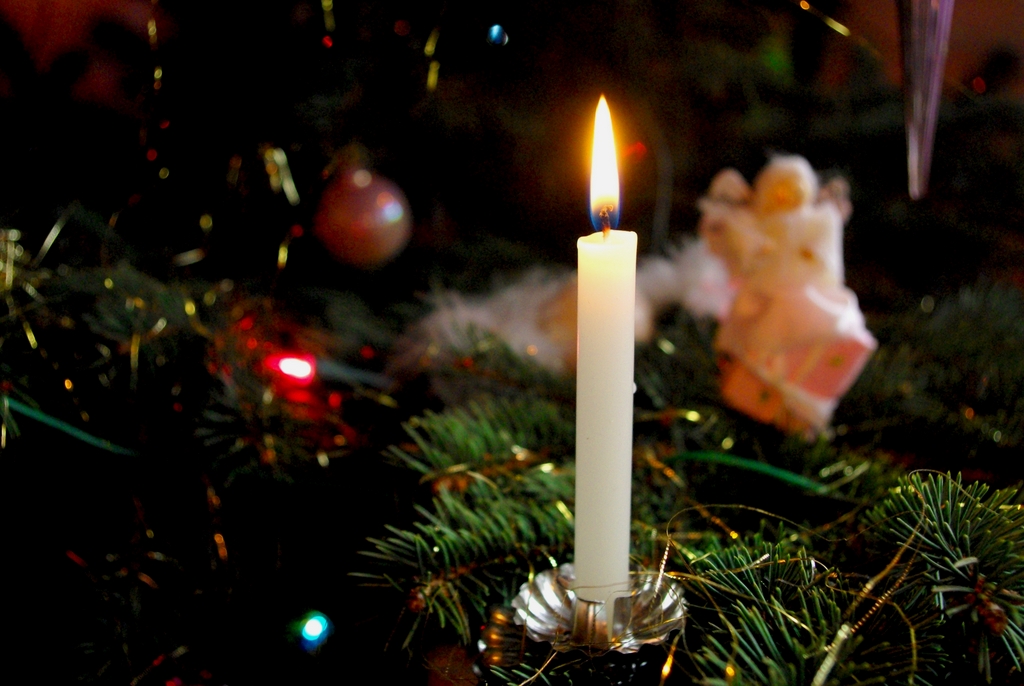
The end of the Lupercalia tradition
In 494, Pope Gelasius I banned this pagan festival, which was still practised festively by both Christians and non-Christians, but without ritual sacrifices.
He wrote a vehement letter to all Christians to end this widespread practice. In reality, the aim was to resolve political quarrels with the aristocracy rather than to fight a pagan festival. Thus, in 494, “chandelles” (candles) were associated with Candlemas by Gelasius I. The pope was the first to organise torchlight processions on 2 February.
However, the Byzantine conquest under Justinian in the 6th century ended the Lupercalia festivities.
Candlemas and the Church
The Church adapted the tradition into the blessing of the candles, which were to repel Evil…
In churches, priests replaced torches with blessed candles whose light was supposed to ward off evil. It was a reminder that Christ is the light of the world. Christians then took the candles home to protect their homes.
In addition, at that time of the year, winter seed time started. The excess flour was used to make pancakes (or crêpes), a symbol of prosperity for the coming year.
Indeed, crêpes, with their round shape and golden colour, reminded people of the sun’s return after the winter’s night.
Candlemas today: Crêpes Day
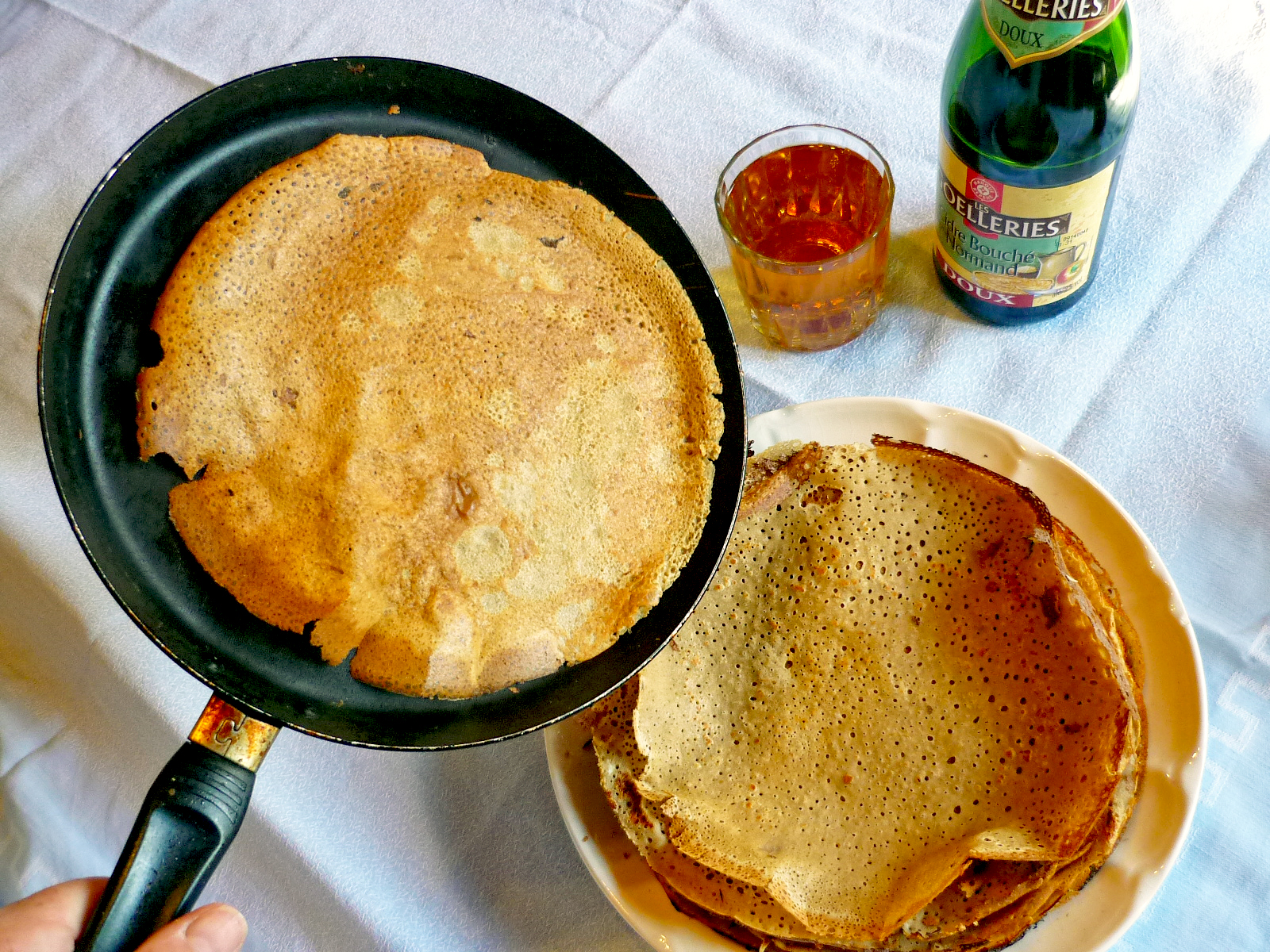
Young and old associate Chandeleur with Crêpes Day.
Nowadays, in France, Belgium and French-speaking Switzerland, people traditionally eat pancakes in a festive atmosphere on Candlemas Day.
Generations have kept alive a collection of traditions and customs around the making of crêpes.
For instance, crêpes must be eaten only after eight in the evening. But the most famous superstition of Candlemas in France is associated with a gold coin…
A gold louis coin on the left hand
At the beginning of the 20th century, a new superstition emerged in France.
On Candlemas, the first pancake had to be popped into the pan with the right hand while holding a gold louis in the left hand. The coin was then rolled into the pancake and placed in a cupboard for a year.
After this long period, the coin was recovered and given to a destitute person. If the family respected the tradition, it would enjoy a long period of prosperity. Later, a simple coin in the hand when the pancake was popped was enough to give a glimpse of future wealth.
Today the coin has disappeared, but the ritual of blowing the pancake is still present in the kitchens. If it falls, you know the rule, you will have to take a pledge!
5 Sayings about Chandeleur in France
There are several proverbs and sayings about Candlemas in France. Here are five of them with their translation into English:
“À la Chandeleur, l’hiver se meurt ou prend vigueur.”
(At Candlemas, winter dies or gains strength.)
“À la Chandeleur, le jour croît d’une heure.”
(At Candlemas, the day grows by an hour.)
“Rosée à la Chandeleur, l’hiver à sa dernière heure.”
(Dew on Candlemas, winter in its last hour.)
“Si le ciel n’est ni clair ni beau, nous aurons plus de vin que d’eau.”
(If the sky is neither clear nor beautiful, we will have more wine than water.)
“Chandeleur à ta porte, c’est la fin des feuilles mortes.”
(Candlemas at your door is the end of the dead leaves.)
Find out more!
- Find out more about Winter in France on our French blog.
- Try our favourite Crêpes recipe.
- Read more on Wikipedia.
Pin it for later
Did you like what you read? Pin it on Pinterest:




